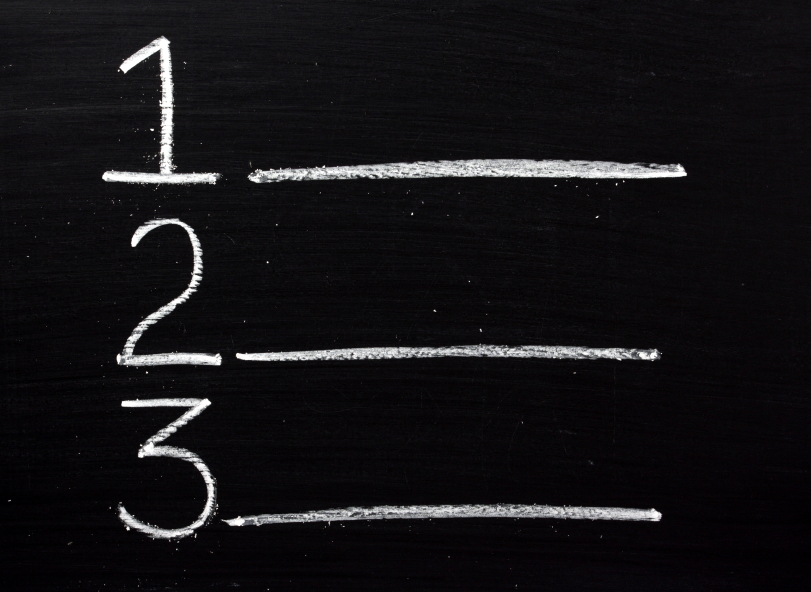How do I get rid of those love handles? This seems to be the age-old question. As it turns out, the belly fat dilemma is a little trickier than we anticipated. Check out my recap/translation of a somewhat technical article from one of the IDEA Health and Fitness Association authors.
Health professionals typically preach the “consume fewer calories and exercise more” mantra when it comes to weight loss. What this philosophy fails to consider is some pretty important input from the human physiology standpoint. Let’s start with some basic definitions.
What type of fat is that?
There are two types of belly fat that you should be concerned with. Visceral fat is the deep fat around the organs in your stomach area. Because of its proximity to your organs, it is the most dangerous. Luckily, it’s also harder for your body to store and easier to burn. Superficial subcutaneous fat is the type you can see. It’s the primary component of the beer belly and the love handles. This fat is easy for your body to store, harder to burn, and therefore harder to get rid of.
Harmonious Hormones
There are also a couple of hormones that we can’t neglect. Insulin is the bodily hormone that pushes sugars from carbs into the muscles or fat cells, and causes fat to be stored rather than used for energy. Those who are insulin resistant are unable to burn fat and sugar or feel full after eating. Cortisol is released in response to stress and low blood sugar. In small amounts, cortisol is beneficial, but when we are stressed for longer periods of time, the cortisol doesn’t let up. It makes us crave carbs, makes us more likely to accumulate belly fat, and it makes sleeping difficult. Having a basic understanding of these hormones makes it clear that they cannot be neglected in our weight-loss goals.
More than Calorie Counting…
Most of us have been taught that if you burn more calories than you consume, you will lose weight. Unfortunately, that’s only half of the story. In addition to a calorie deficit, you need to balance hormones. Imagine trying to lose weight through diet and exercise while battling cravings, appetite, and dealing with stress. Sound familiar? You can create a calorie deficit by eating less and exercising more, but this approach fails in the hormone department. Perhaps this is why only 5% of dieters have success and over two thirds gain more weight back than they initially lost.
So what’s the fix? First, completely cutting carbs is not the answer. This will have the negative effect of lowering blood sugar and increasing cortisol levels. Instead, choose healthy carbs such as fruits, vegetables, whole grains and whole-wheat products. These fibrous foods are digested and absorbed slower and don’t cause as much of a spike in blood sugar (and therefore, insulin). Eating protein rich foods such as lean meats or fish are also a good choice.
As Dr. Teta explains, “Protein and vegetables create a high-volume, hunger-suppressing combo punch with minimal insulin production. This results in fewer calories consumed and a favorable hormone balance. Sleep and stress management aid this action by lowering cortisol. Finally, smart carbohydrate management is critical to controlling any unfavorable cortisol-elevating incident.”
The referenced article lays out two general eating plans for weight-loss based on your activity level. The first is consumption of fewer calories if you are less active. The second is consumption of more calories if you are more active. Both eating plans focus on protein and fiber rich foods with fewer starches, keeping energy levels constant, and hunger and cravings stable. For more information and the full research article, see the following reference: IDEA Health and Fitness Association – How to Help Clients Beat Belly Fat, by Dr. Jade Teta.
Getting rid of those love handles requires both a calorie deficit as well as balanced hormones. Smart eating and stress-reducing activities will help you with the “battle of the bulge.” Incorporate exercise, massage, leisurely walks, and work hard to get enough sleep throughout the week. These activities combined with a healthy diet may help you finally see some of the stubborn belly fat melt away!
 Did You Know…Three Lesser Known Nutrition Facts
Did You Know…Three Lesser Known Nutrition Facts